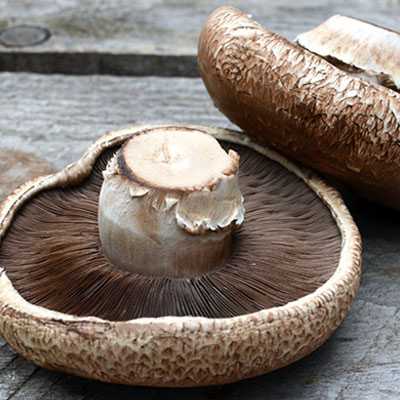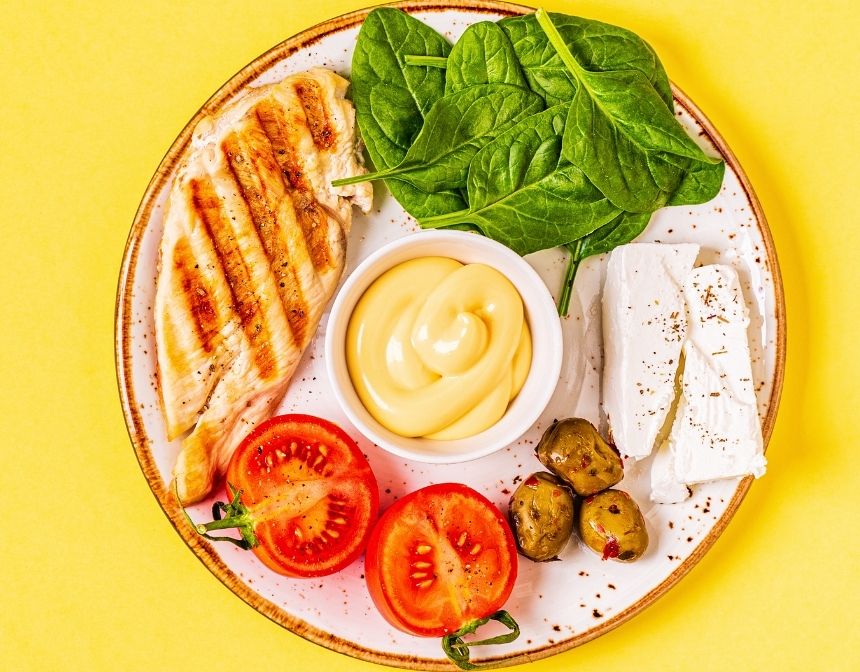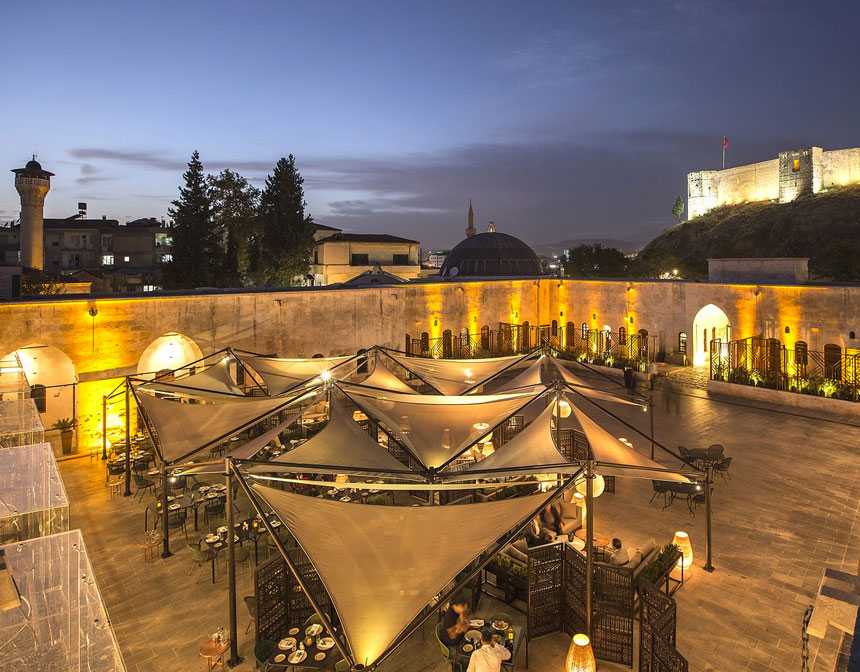A little history of pasta
The first pasta factories established in Turkey are Piyale (1942), ECE (1954), Nuh’un Ankara Makarnası (1959) and Ulukartal (1961). It is rumored that the pasta came from the name of the Commedia dell’Arte hero Mascherone. It is also rumored that the name comes from “makarios” (contentment in Greek) said by Frederick III (ruled between 1515-1576) during a feast where he ate pasta and liked it a lot. Mass production of spaghetti was started in Naples and it was dried in wooden frames in the 1800’s. The dough was kneaded by hand until the 1830s, and the development of mixing machines increased pasta production.
What Is Fettuccine with Izmir Tulum Cheese?
Fettuccine with Izmir Tulum Cheese is a pasta dish that combines fettuccine pasta with a creamy sauce made with Izmir Tulum Cheese. Izmir Tulum Cheese, also known as Tulum Peyniri, is a type of traditional Turkish cheese made from raw sheep's milk. It has a distinct flavor profile that is slightly tangy, salty, and nutty.
To make Fettuccine with Izmir Tulum Cheese, cook fettuccine pasta until al dente and then toss in a sauce made from melted cheese. Garnish it with fresh herbs and grated cheese.
How To Prevent The Fettuccine From Sticking Together?
To prevent fettuccine from sticking together, follow these tips:
- Use a large pot. Cook the pasta in a large pot with plenty of boiling water. This prevents it from clumping together.
- Add salt to the boiling water. Before adding the pasta, salt the boiling water generously. This helps to season the pasta and also reduces the chances of it sticking.
- Stir immediately after adding the pasta. Once you add the fettuccine to the boiling water, give it a gentle stir right away. This helps to separate the strands and prevents them from sticking together.
- Avoid overcrowding the pot. If the pot is too full, the pasta may not have enough room to move freely and can stick together. Cook the pasta in batches if needed.
- Stir occasionally during cooking. While the pasta is cooking, stir it occasionally with a fork or a pasta utensil. This helps prevent the strands from clumping together and sticking to the bottom of the pot.
- Use the right cooking time. Overcooking the pasta can lead to a sticky texture.
- Drain and rinse with hot water. After cooking the pasta, drain it in a colander.
What To Serve with Fettuccine with Izmir Tulum Cheese?
Fettuccine with Izmir Tulum Cheese can be served as a main dish. Additionally, this pasta recipe goes well with complementary flavors.
Here are our delicious recipes that you can serve with Fettuccine with Izmir Tulum Cheese:
How To Store Fettuccine with Izmir Tulum Cheese?
This Fettuccine with Izmir Tulum Cheese is best consumed fresh. Additionally, you can store it in the refrigerator. To store fettuccine, allow it to cool to room temperature. Store the pasta and sauce separately. Transfer the pasta and sauce to an airtight container. Store them in the refrigerator for up to 3 days.
Can Fettuccine with Izmir Tulum Cheese Be Frozen?
While Fettuccine with Izmir Tulum Cheese can be refrigerated, it is not recommended to freeze. The creamy cheese sauce may separate or become grainy upon thawing and reheating.
If the Fettuccine with Izmir Tulum Cheese shows any signs of spoilage, such as an off smell, an unusual texture, or mold, discard it to ensure food safety.
How To Reheat Fettuccine with Izmir Tulum Cheese?
To reheat the Fettuccine with Izmir Tulum Cheese, place the leftover fettuccine pasta and sauce in a different saucepan or skillet. Heat it over medium-low heat, stirring gently, until the pasta and sauce are heated through. Add the reheated sauce to the cooked pasta and toss it gently to combine.
Reheating the pasta can slightly change the texture of the pasta. May become softer than al dente pasta. If the pasta seems dry, you can add olive oil or pasta cooking water.









































